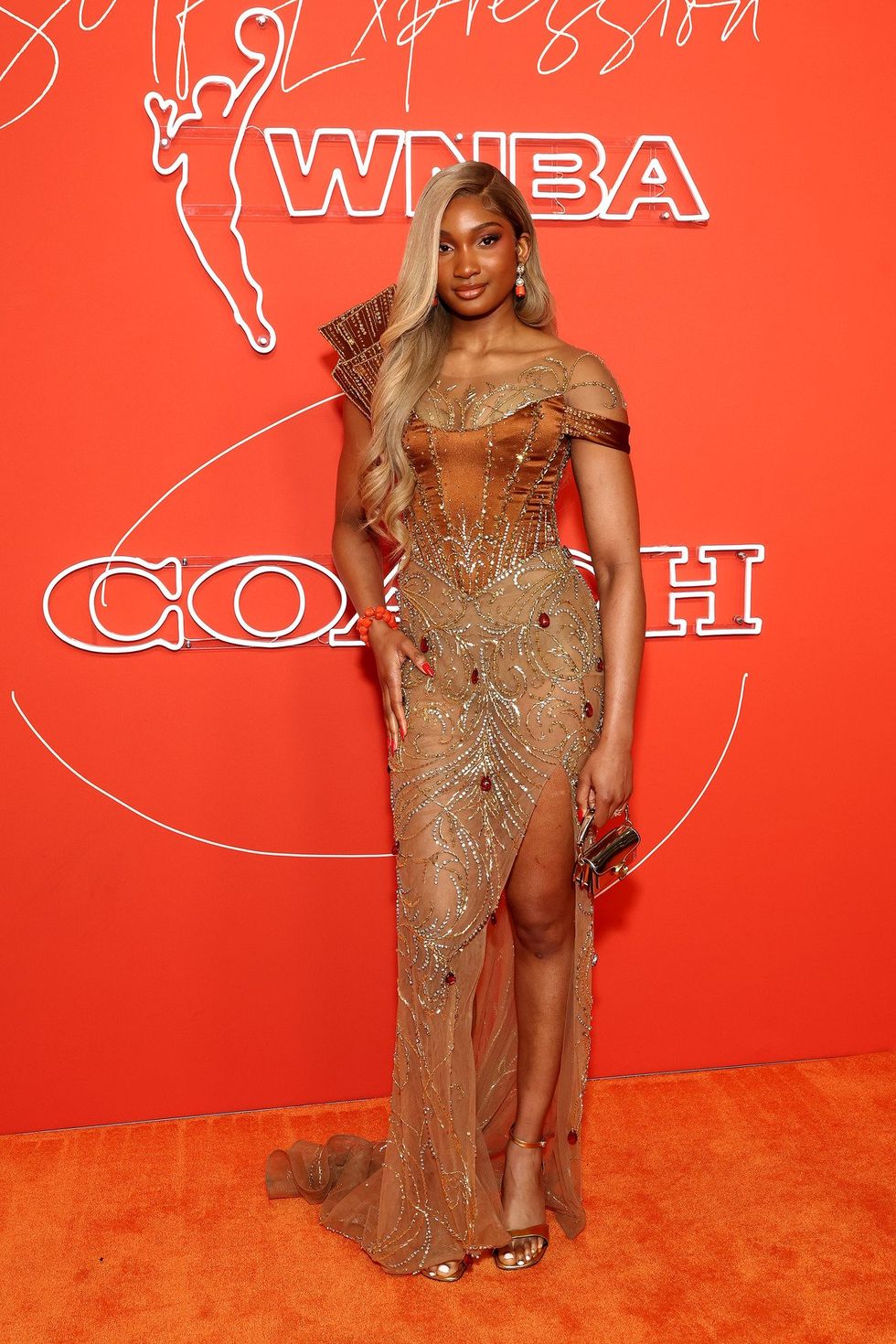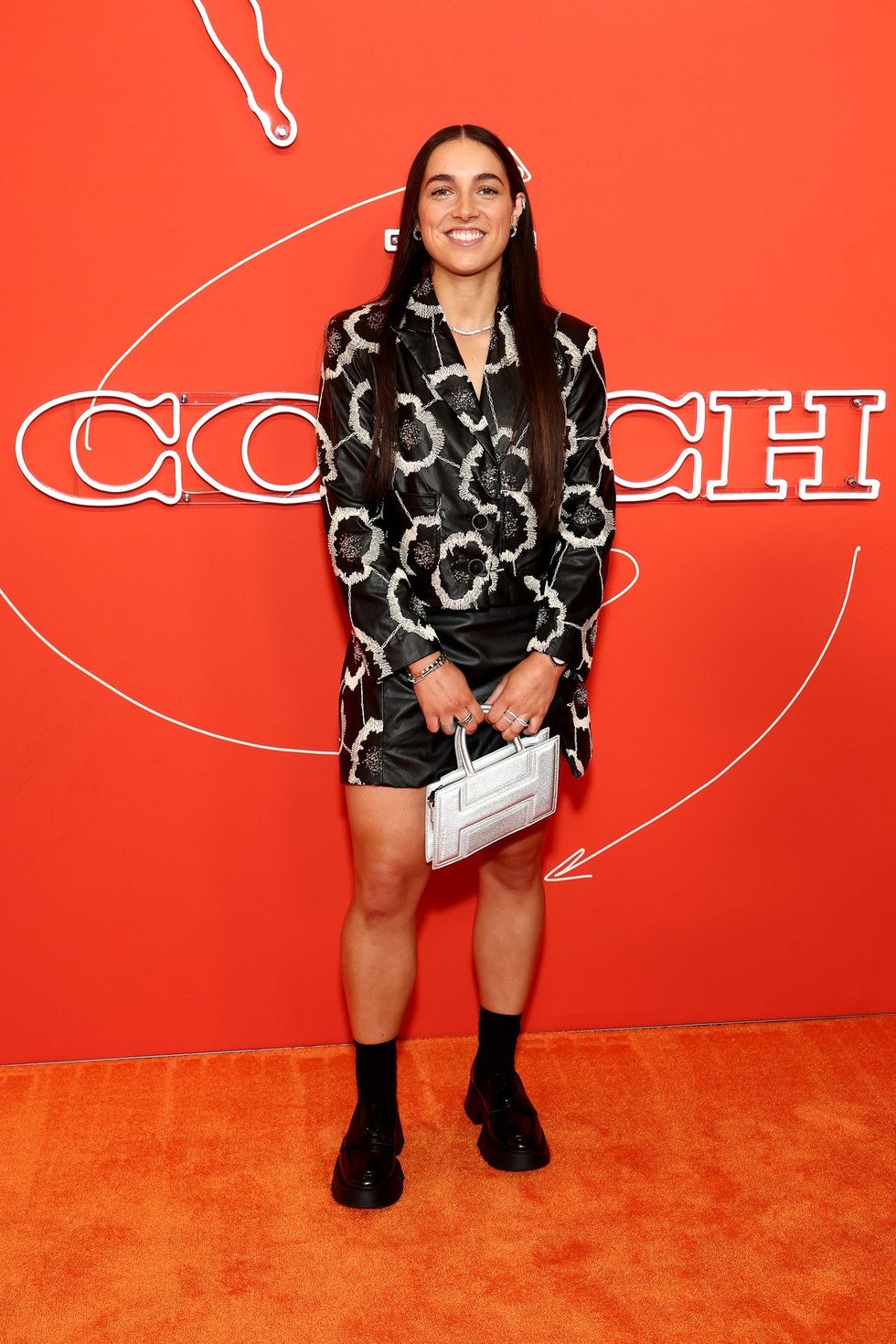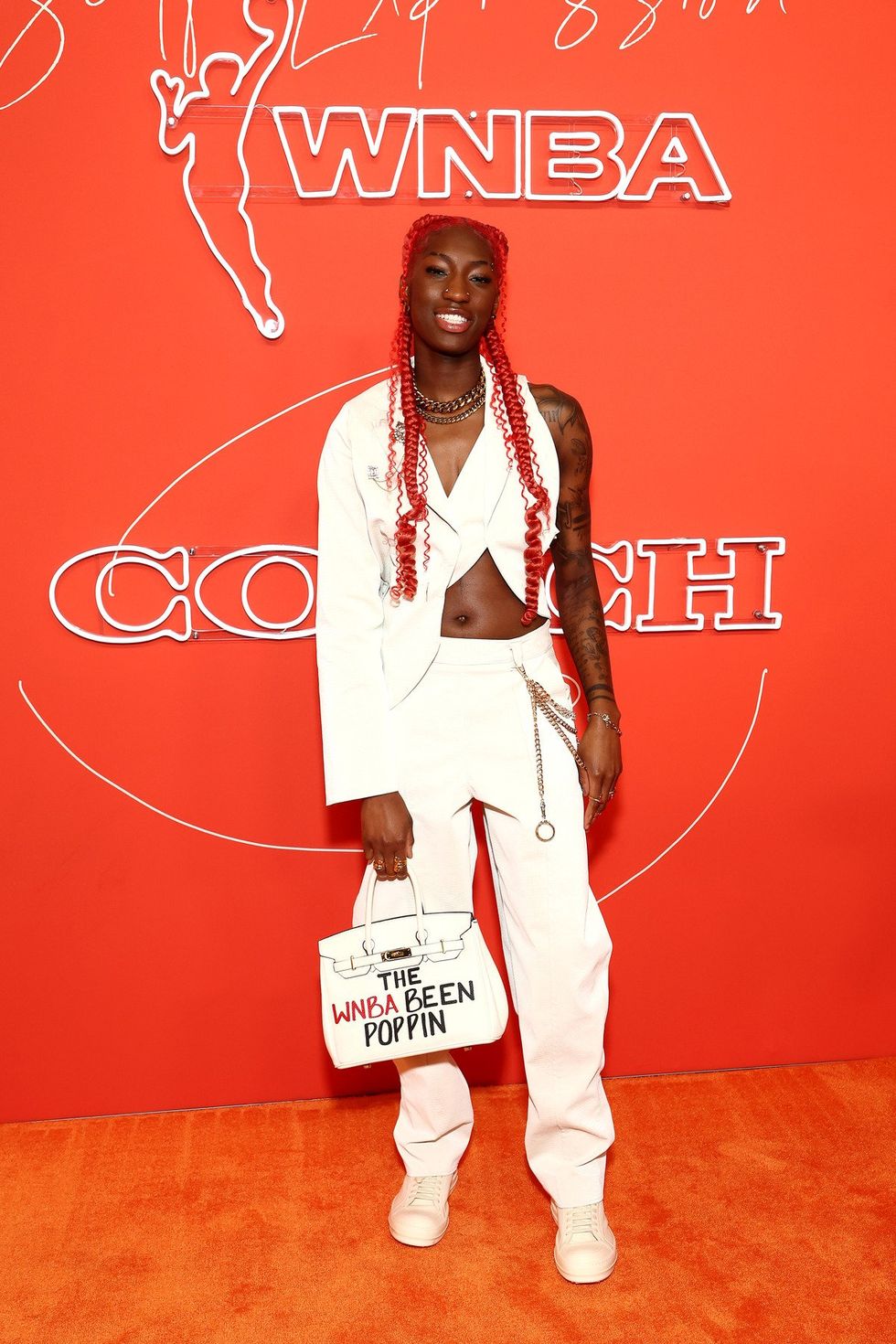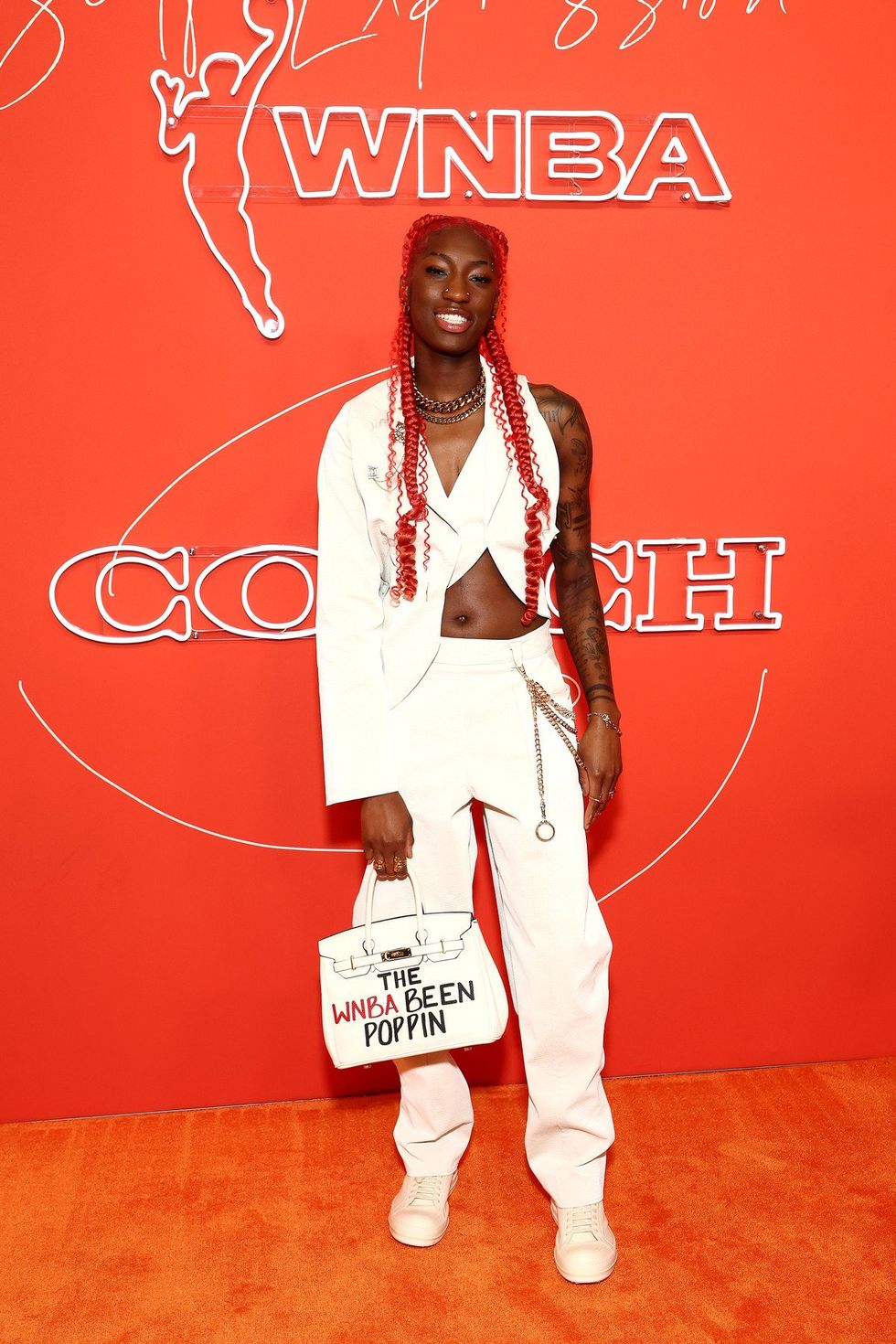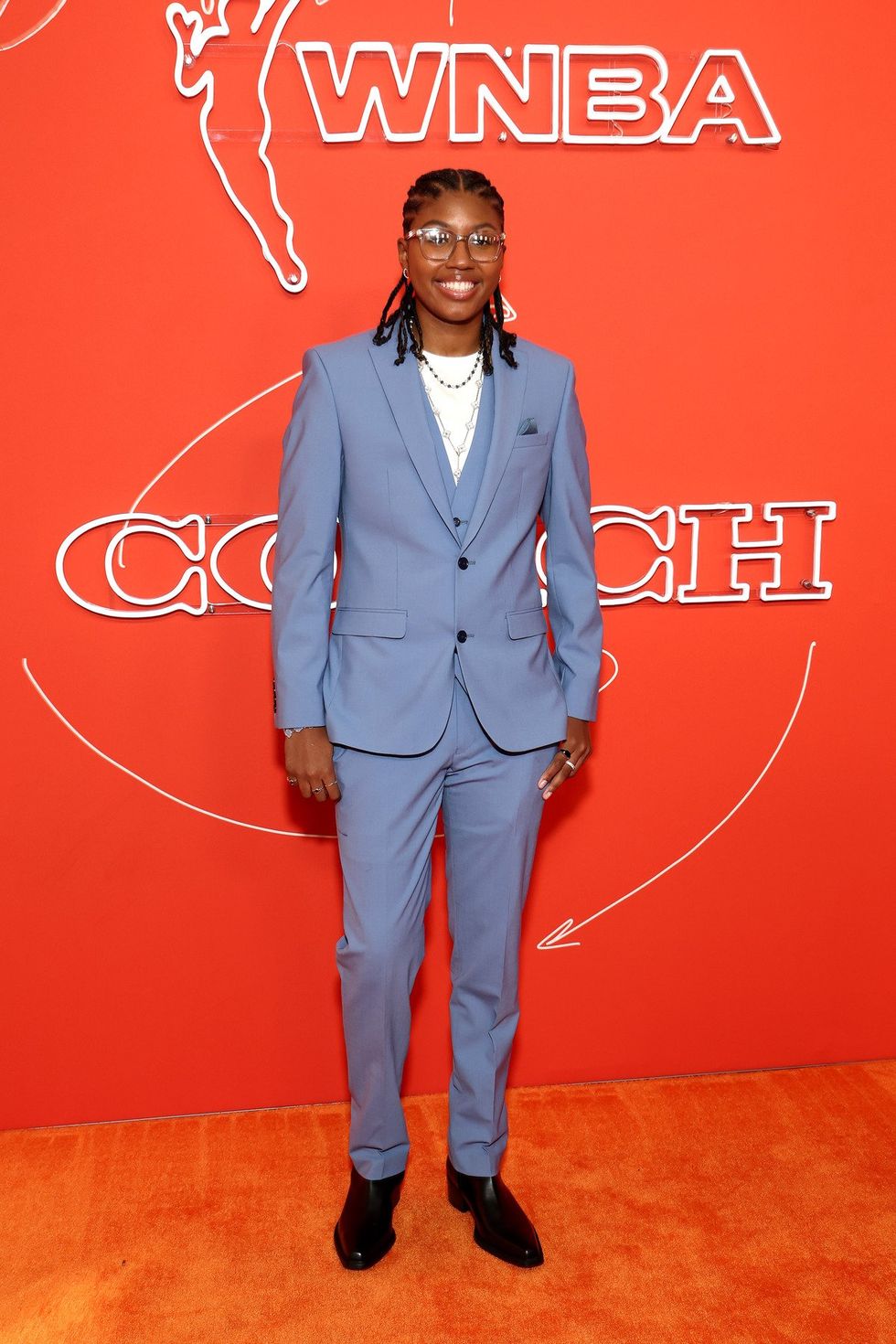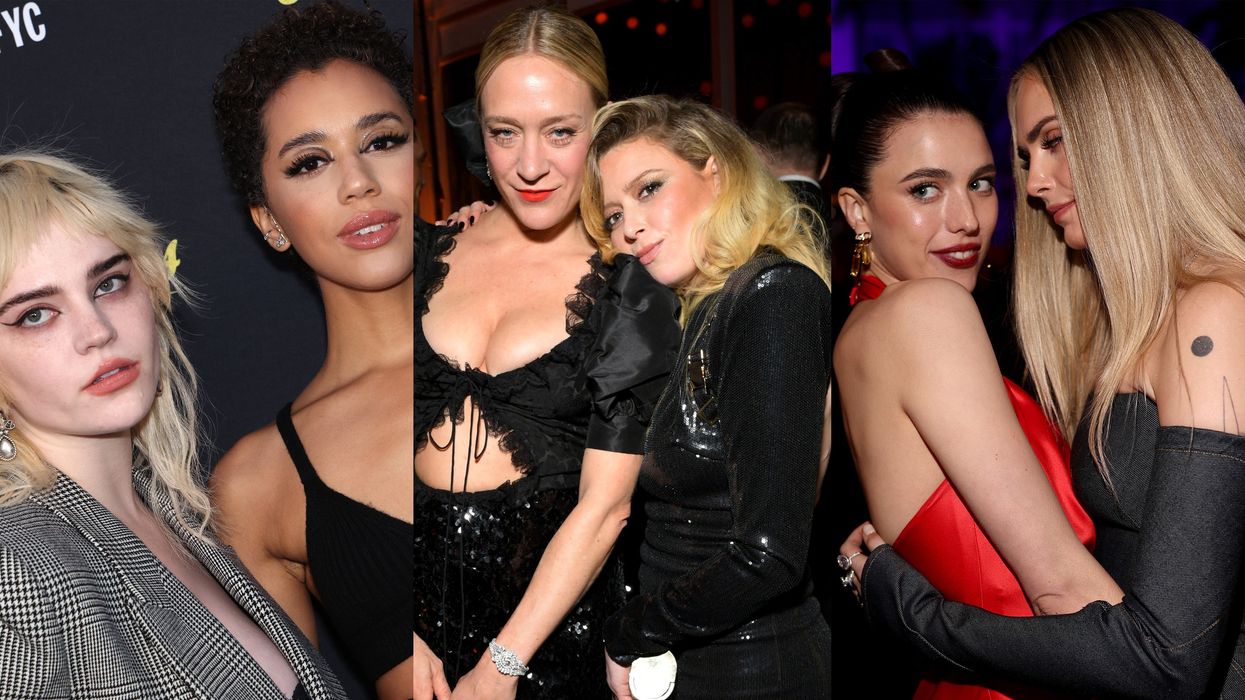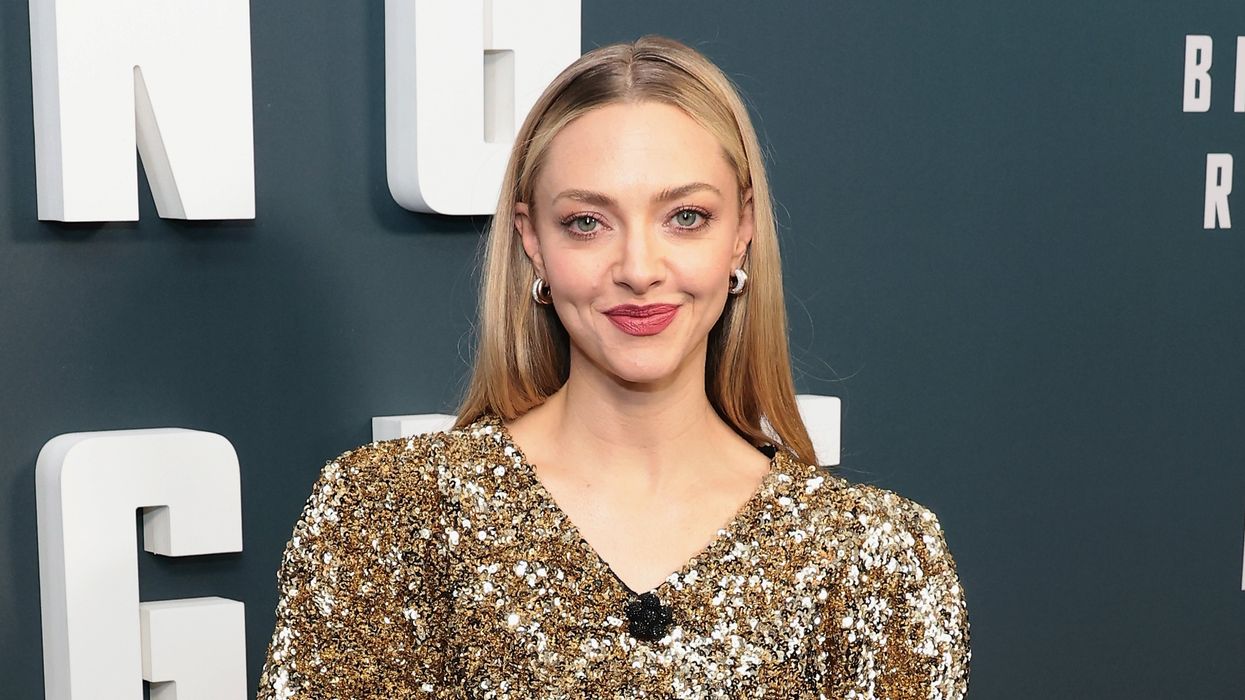Shirley Temple Black died Feb. 12 at her home in Woodside, California. She was 85.
She had been out of the news for about a decade, but for most of her life she was a household name. Our first "drinks" in an adult restaurant were often the "Shirley Temple." There are few Americans who haven’t seen a Shirley Temple movie or heard her sing "On the Good Ship Lollipop," one of the most popular songs of the 1930s that’s still a kindergarten staple. The song, from the 1934 movie Bright Eyes, sold a half million copies of the sheet music–equivalent to a platinum record now.
The pint-sized star was golden–she became not just the biggest child star but also the biggest star of all. In the 1930s she was the best known actor in the world. Clark Gable was a distant second. She got more fan mail than Greta Garbo and was photographed more than President Roosevelt. There had never been anything like her.
Former child stars are in the news on a near daily basis now: Selena Gomez in rehab, her ex, Justin Bieber, arrested, Lindsay Lohan and Shia LeBeouf perennially struggling, and of course, Miley Cyrus turning her back on Hannah Montana by taking off her clothes for every available camera. But the biggest child star ever, Shirley Temple, the girl with the dimples and corkscrew curls who soothed a nation caught in the throes of the Great Depression – that child star looked at her waning stardom at 22 and walked away from the movies and into a different life, sans addiction or scandal.
Her career began at age three. Her mother, Gertrude, knew her daughter had something special and enrolled her in dance classes and began taking her to auditions. Within a year Shirley was signed to do Baby Burlesks, short films starring 4 and 5 year olds reprising roles in adult films. The series was a little creepy for the sexualization of pre-pubescents (the children were dressed as adults from the waist up, but wore big diapers with enormous safety pins in them below the waist). In one, Temple shimmies like a B-girl and in another she’s wearing an off-the-shoulder gown mimicking Dolores Del Rio. In another she plays Marlene Dietrich. In yet another she plays Mae West, saying in a "come up and see me sometime" voice, "I’m Polly Tix. Boss Flynn sent me over to entertain you."
Oh my. (Several years later the writer Graham Greene would be sued for libel for saying Shirley was a sexual creature luring in older men with her "well-shaped and desirable little body"–this when she was eight. Greene fled to Mexico after Temple won the lawsuit.)
Temple’s star quality shone brightly in these shorts, however, and by 1934 she had moved on from bit parts to starring roles. Stand Up and Cheer was her breakout film and from then on she made eight films or more a year. There was an entire team at Twentieth Century Fox dedicated to writing just for her. By the time she was 12 she had earned $4 million making over 50 films–the equivalent of $100 million today. She was one of the first superstars of the big screen and definitely the most lasting. While few but film buffs remember the second-most popular actress at the time, Mary Pickford, Shirley Temple has remained in the popular consciousness eight decades later. She was the first star to have her own line of products, including dolls and swimsuits.
In the 1930s, everyone noticed the little blonde with the bouncy curls, mad dance skills and perky singing voice. Shirley Temple had a charisma that leapt from the screen. Looking at clips of her films now, 80 years since her first hit, she’s still utterly captivating and truly talented–worthy of her top billing.
The timing for her rise to stardom was perfect: Shirley Temple arrived on the movie scene during one of the darkest times in American history. The grip of the Depression was intense and Temple was the antidote.
As President Roosevelt said, "As long as our country has Shirley Temple, we’ll be all right." (She would have her photo taken with both the President and Eleanor Roosevelt–it’s unclear who benefited the most from the photo ops.)
Of herself in those years the star would later write in her biography, "People in the Depression wanted something to cheer them up and they fell in love with a dog, Rin Tin Tin, and a little girl."
Shirley Temple’s message throughout her film career was succinct: "Be Optimistic"–like the song she sang in Little Miss Broadway. In film after film her cheerfulness in the face of adversity provided a template for others to follow–if the little on-screen orphan could triumph over the most terrible of odds, so too could the adults watching her.
In retrospect, however, Shirley Temple looks like the most extraordinary of role models. Before Dora the Explorer, there was Shirley Temple. She was The Littlest Rebel, The Little Princess, Curly Top and Bright Eyes. She never cowered, she never dissembled. Even when she was crying, "I want my mother," in a scene where she is orphaned yet again, she didn’t crumble. She persevered. She modeled strength for little girls all over America who were dealing with the literal worst of times. But looking at her films now, she’s still a fabulous role model. She never needs a boy to help her. She’s as tough as any adult. It is she, in fact, who spurs the adults around her forward with her cheery indomitability.
Shirley Temple broke a lot of ground in her films–including the color barrier. One of the people who taught her to dance was Bill "Bojangles" Robinson, the great African-American dancer and choreographer.
Today it would be a footnote. But in 1935, when Robinson took Temple’s hand in The Little Colonel, one of four films they would do together, it broke a color barrier so entrenched, it would take another 30 years to have the first interracial on-screen kiss.
Robinson was 57, Temple was six. It was unthreatening, perhaps, but Temple was America’s sweetheart, their little blonde cherub. When she took Robinson’s hand, when they smiled conspiratorially at each other, when Robinson–tall, handsome, elegant–was on-screen with Temple, it was a statement better than any other about how the races could "mix" and the world wouldn’t come to an end. Robinson would also choreograph later films of Temple’s. But their scenes together dancing up and down the steps–still magnificent today.
Temple’s film career ended when she was 22. Her boss, Daryl Zanuck, so convinced she would be as great a star as an adult as she was as a child, refused to lend her to MGM to star in an upcoming film: The Wizard of Oz.
Zanuck’s decision meant another budding young star would rise–Judy Garland.
Shirley Temple had a second act in her, however. And a third. After a disastrous early marriage at 17 to her co-star John Agar, she was divorced at 20. Two years later, she retired from the movies and married again, this time to Charles Black to whom she remained married until his death in 2005.
Her third act began in the 1960s when she became active in politics. Her one run for Congress in 1967, as a supporter of the Vietnam war, was unsuccessful, but she found success as a diplomat, working with four presidents–Nixon, Ford, Carter and the first President Bush.
She was appointed representative to the United Nations General Assembly in 1969 by President Nixon. In 1974 she was appointed Ambassador to Ghana by President Ford and served through 1976. She was then appointed as the first female Chief of Protocol of the United States and arranged President Jimmy Carter’s inauguration and inaugural ball. From 1981 to 1989 she served as a foreign affairs expert with the State Department.
In 1989 President George H. W. Bush appointed her Ambassador to Czechoslovakia during the pivotal years of the fall of the Soviet bloc where she worked closely with Vaclav Havel.
When she was awarded the Kennedy Center Honors by then-President Bill Clinton, he said, "She has to be the only person who both saved the entire movie studio from failure and also contributed to the fall of communism. From her childhood to the present day, Shirley has always been an ambassador for what’s best in America."
Ironic, since in 1938 headlines all over the country announced that the U.S. government thought Shirley Temple might be a leader of communists in Hollywood. She was, of course, 10 at the time.
In 1972 when she was diagnosed with breast cancer, it was still the era when cancer was a whispered diagnosis and mastectomy was viewed with both horror and shame. Yet Black chose to speak out publicly about her diagnosis and surgery and even allowed herself to be filmed from her hospital bed for TV as she recovered. She had chosen to announce her diagnosis on radio and TV and wrote a story for the popular women’s magazine, McCall’s about it. She said of her decision, "I’ve never regretted the decision. I had a chance to help women save their lives. Why wouldn’t I?"
Shirley Temple Black won myriad awards over her career, including a special Juvenile Oscar, Kennedy Center Honors and Screen Actors Guild Lifetime Achievement Award.
She was a philanthropist, environmentalist and humanitarian served on the board of the National Wildlife Federation as well as on the board of UNESCO and the United Nations Association.
Many stars fade into obscurity when their early careers go south. Shirley Temple Black exited her film career gracefully at 22 and went on to make a new and different career for herself–still serving her country, though differently than she had as a child during the Depression.
A plethora of celebrities tweeted their respects at the news of her death. But magician Penn Jillette tweeted "President Franklin Delano Roosevelt said, ‘As long as we have Shirley Temple we’ll be alright.’ So, I guess we’re fucked now."
Eighty years after she first lit up the American screen, she’s remembered for those curls and dimples and infectious songs. There has never been anyone like her, before or since. As FDR also said of her influence on the nation, "During this Depression, when the spirit of the people is lower than at any other time, it is a splendid thing that for just 15 cents an American can go to a movie and look at the smiling face of a baby and forget his troubles."
Eighty years later, put Shirley Temple in the DVR and the effect is the same. She’s a charmer, she buoys your spirits, she makes you laugh, cry, smile. What a legacy to leave us.
Victoria A. Brownworth is an award-winning journalist, editor and writer. She has won the NLGJA and the Society of Professional Journalists awards, the Lambda Literary Award and has been nominated for the Pulitzer Prize. She is a regular contributor to The Advocate and SheWired, a blogger for Huffington Post and a contributing editor for Curve magazine and Lambda Literary Review. She won the 2012 Moonbeam Award for historical/cultural fiction for From Where We Sit: Black Writers Write Black Youth. Her novella, Ordinary Mayhem, won Honorable Mention in Best Horror 2012. Her novel, After It Happened will be published in fall 2014. @VABVOX
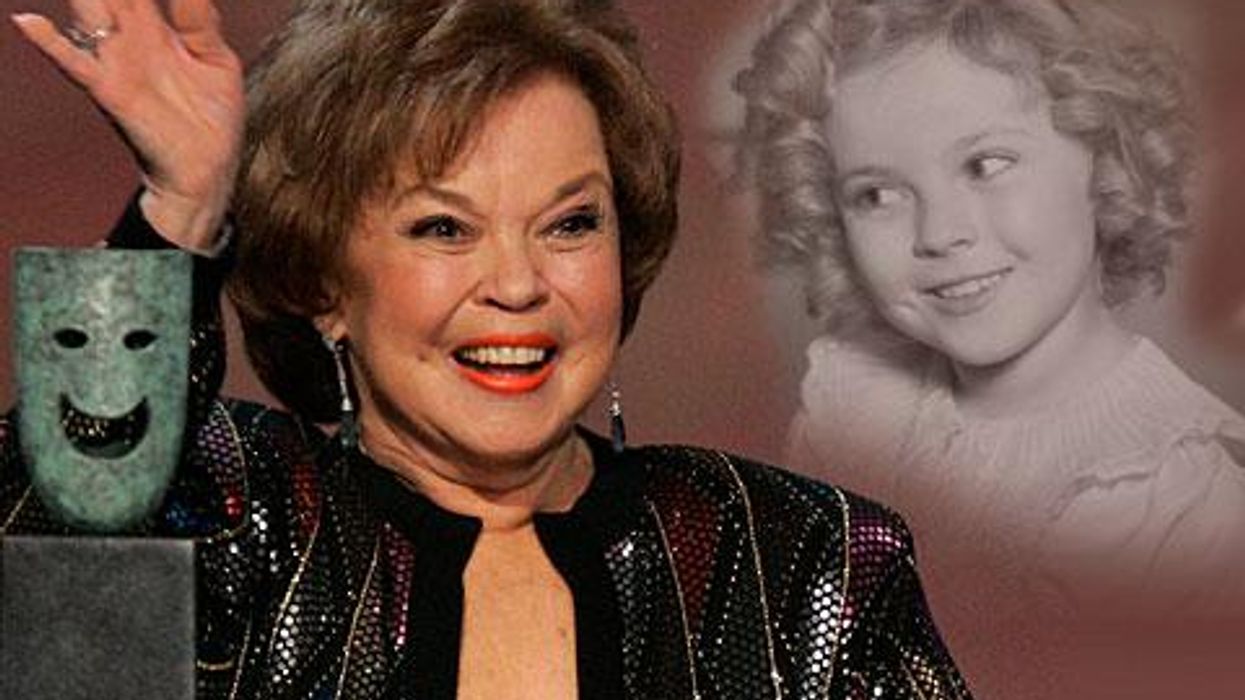




























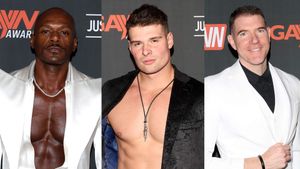












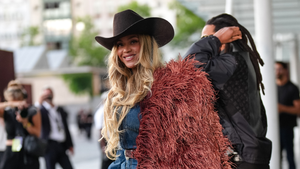






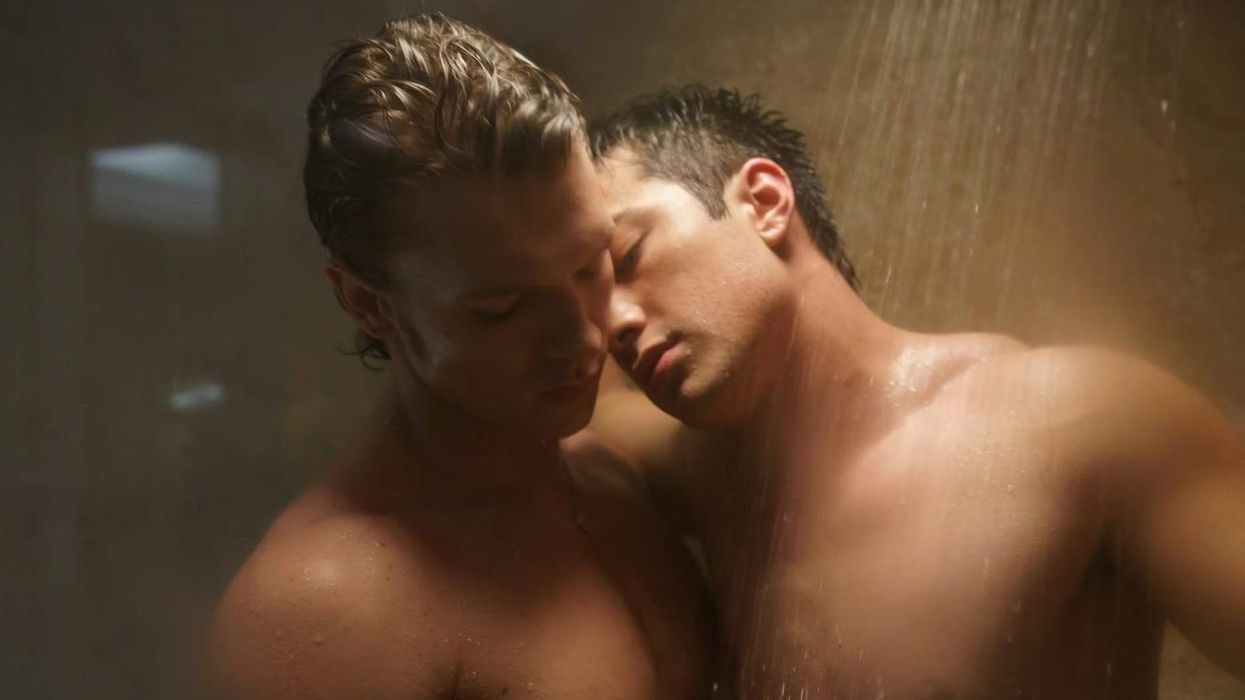





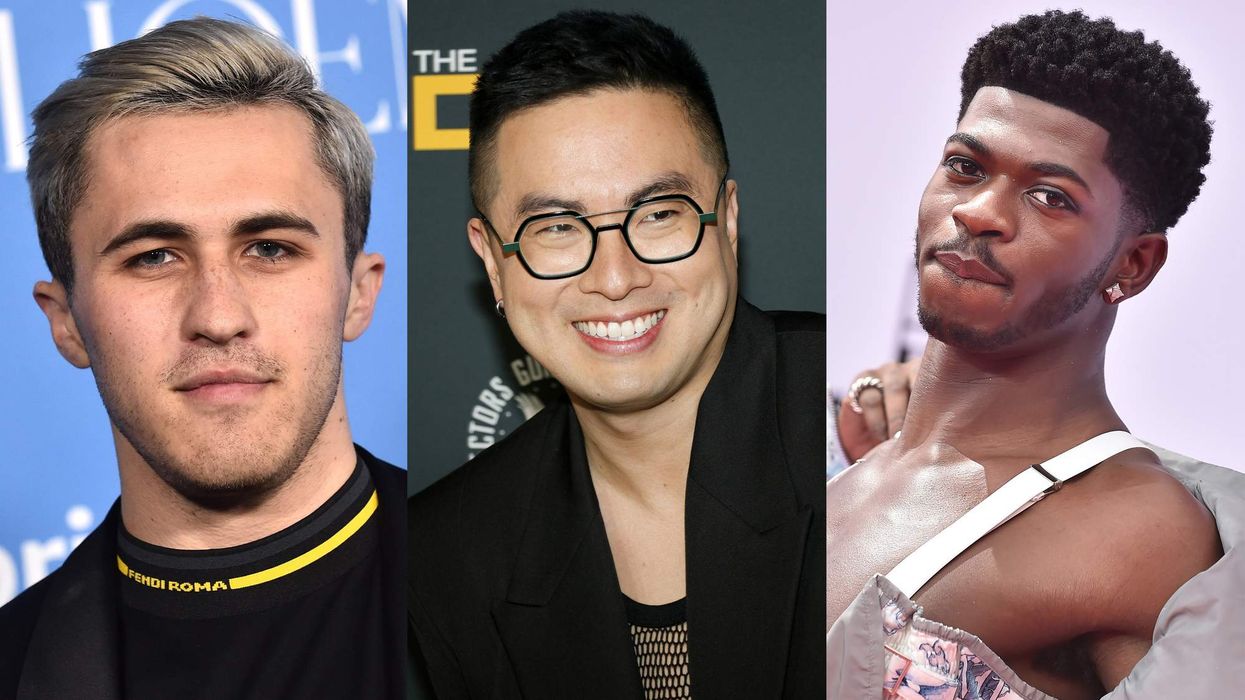
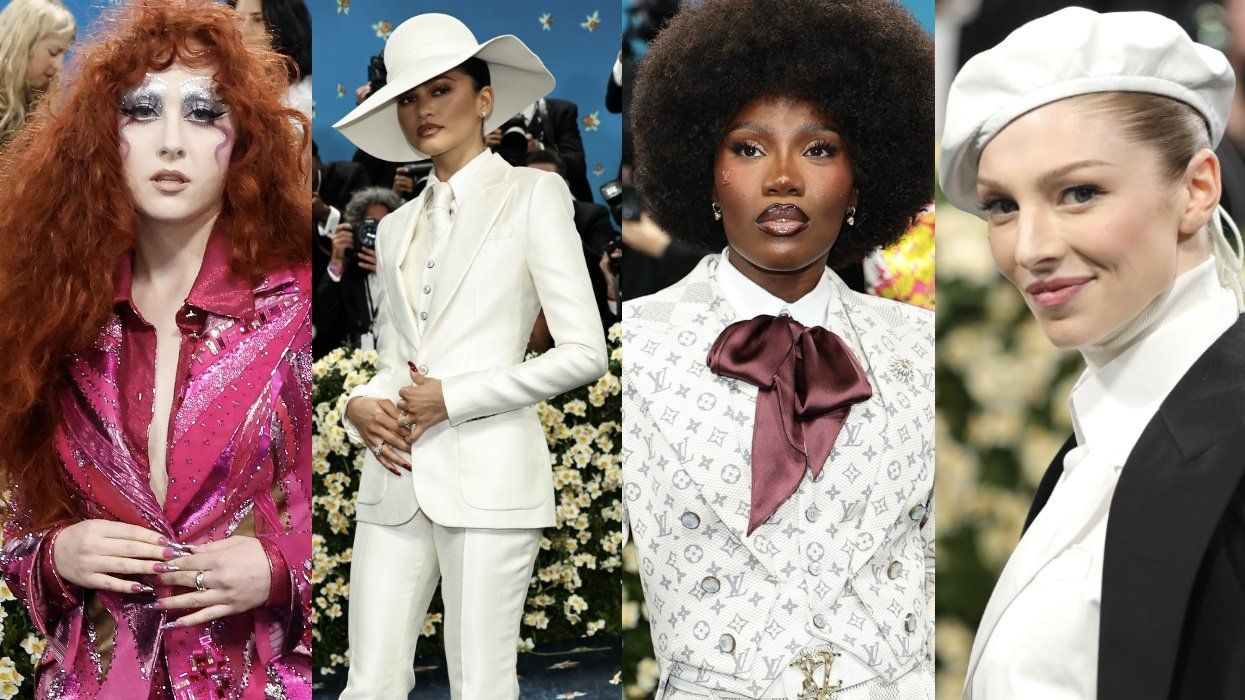
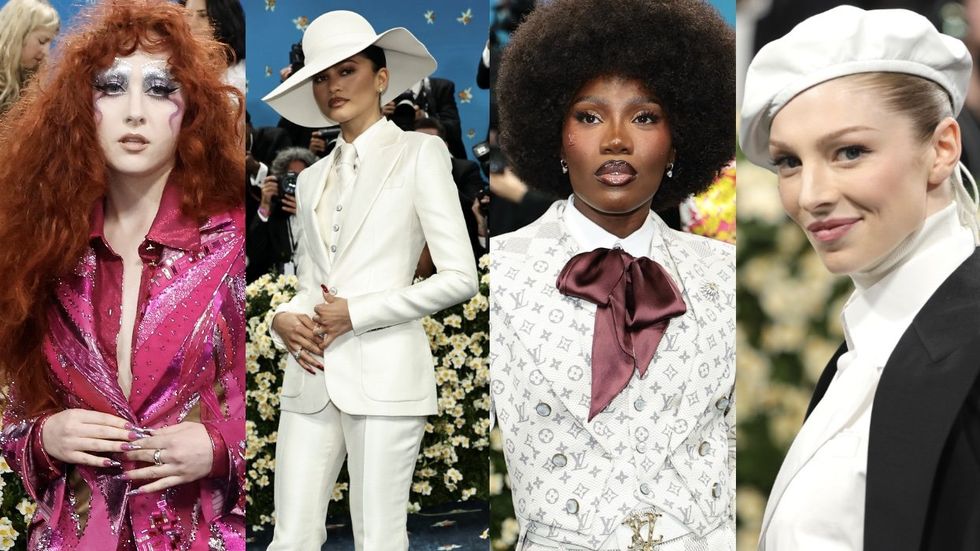



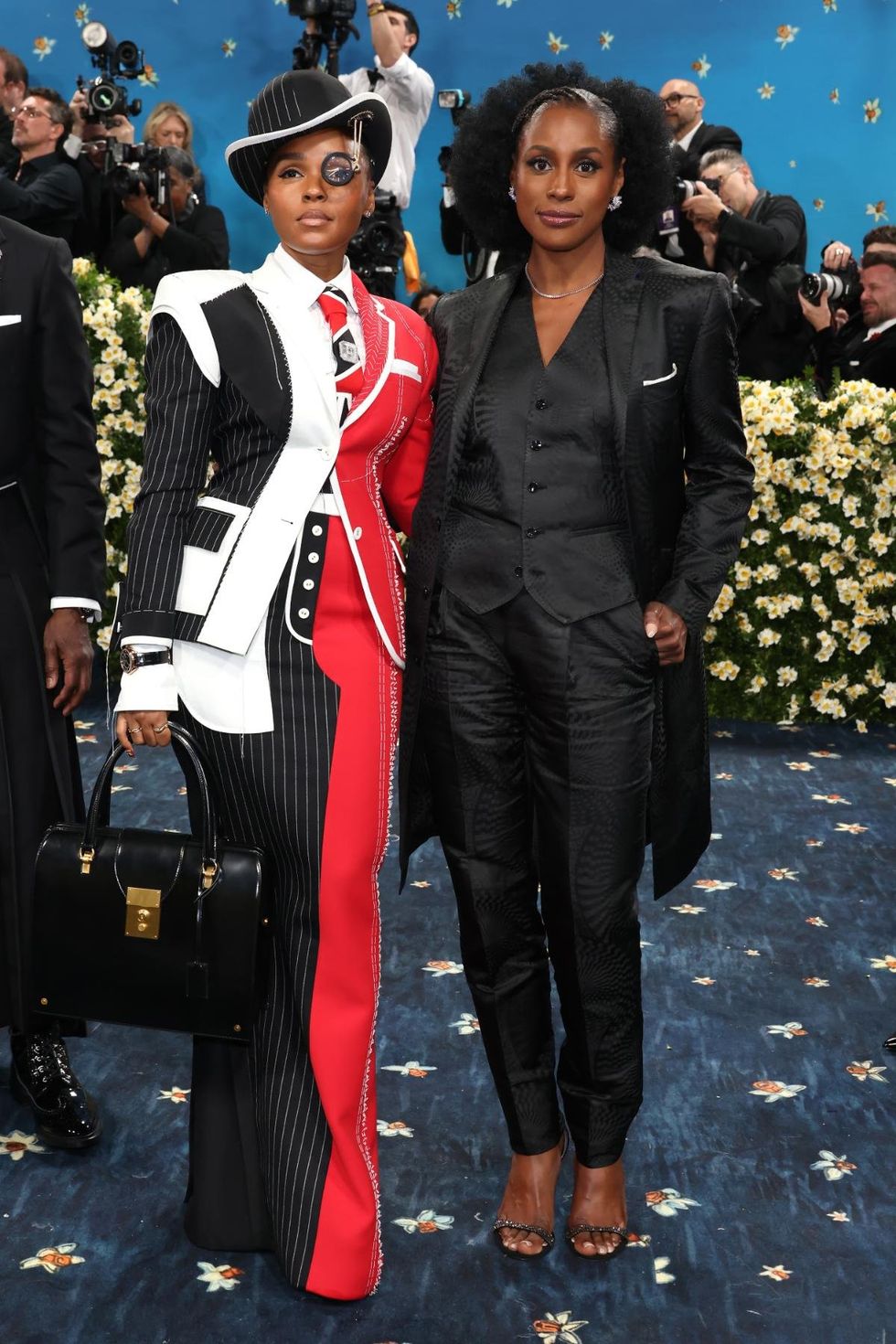

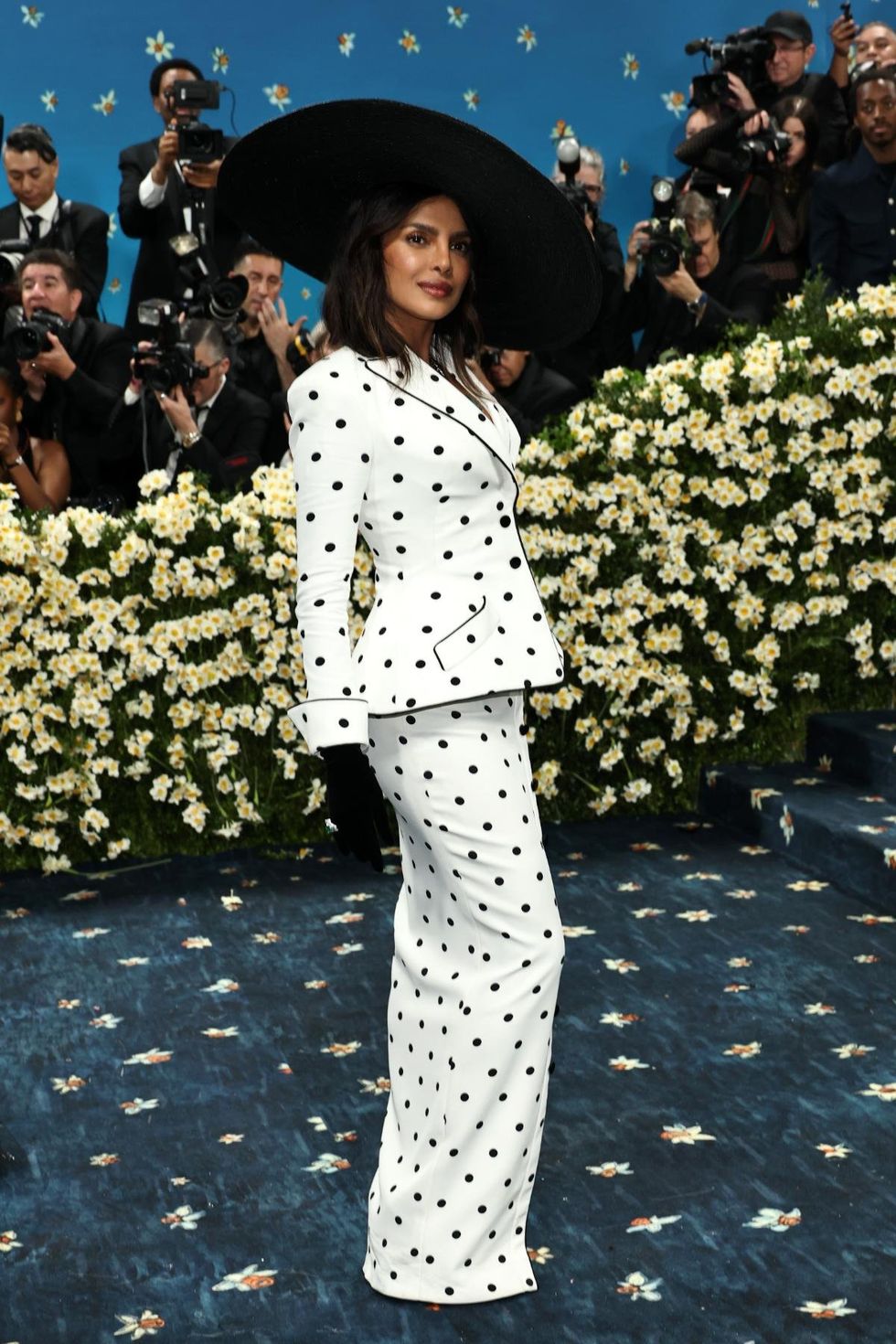












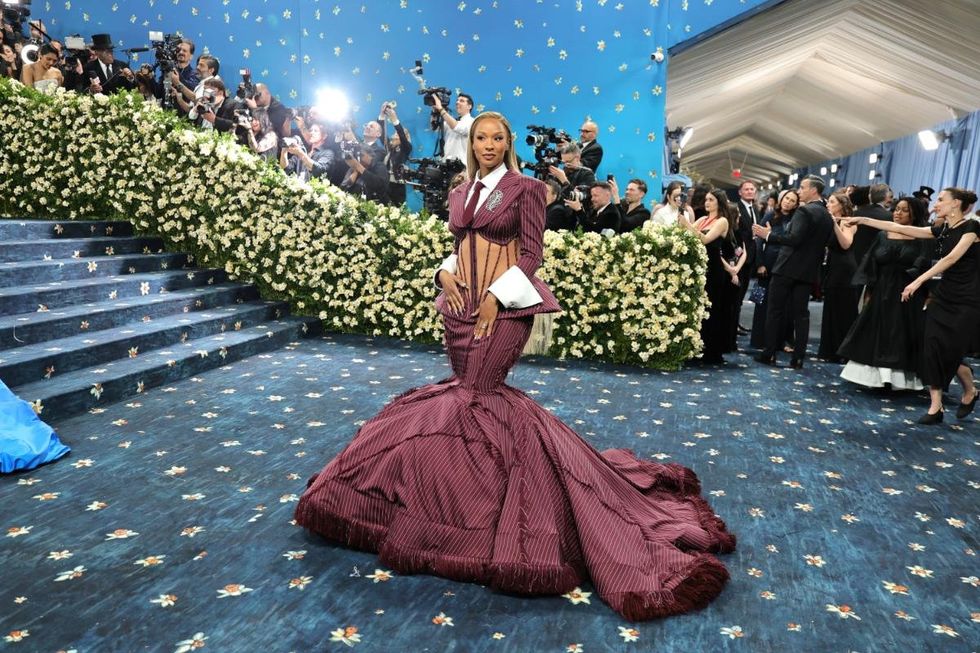

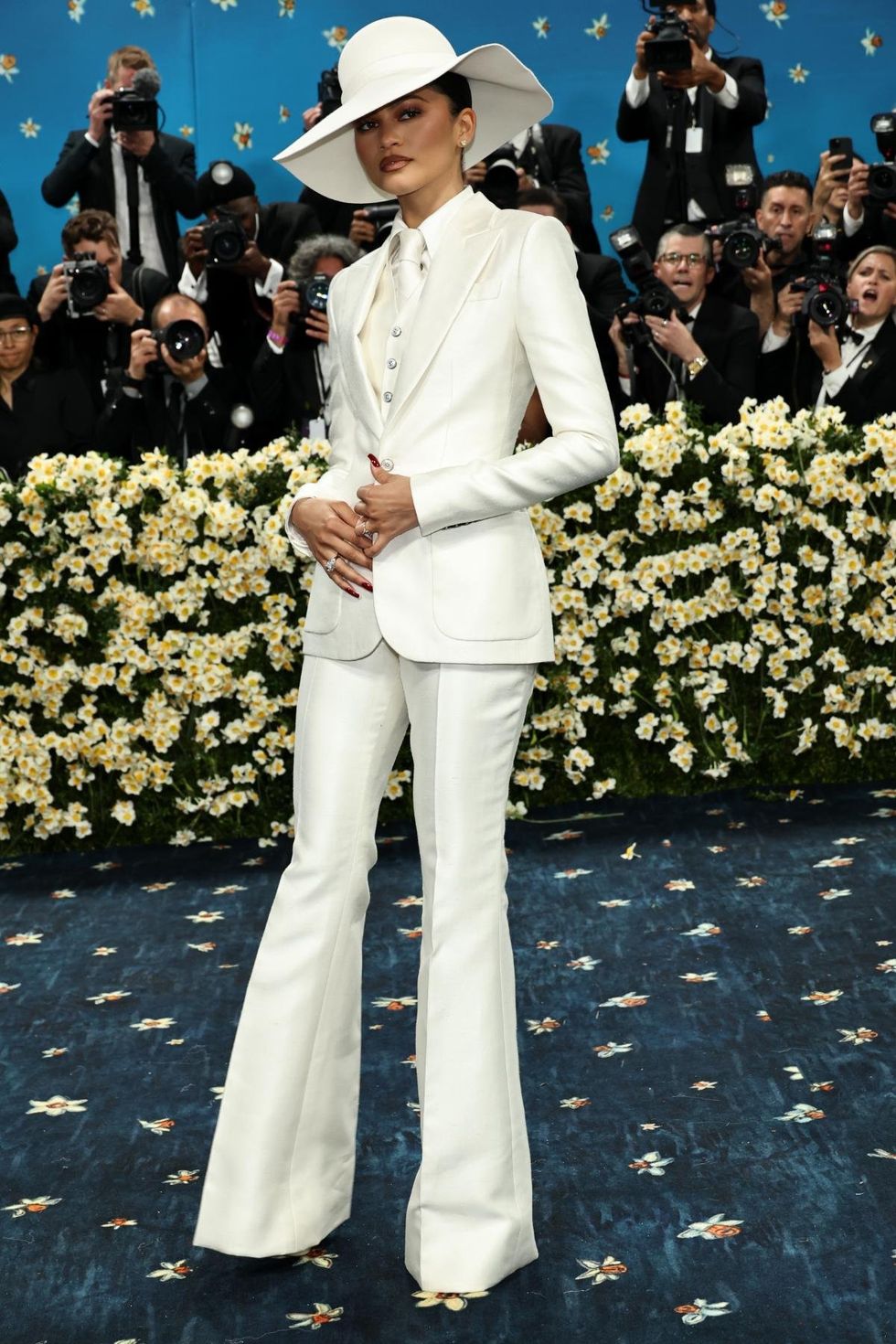



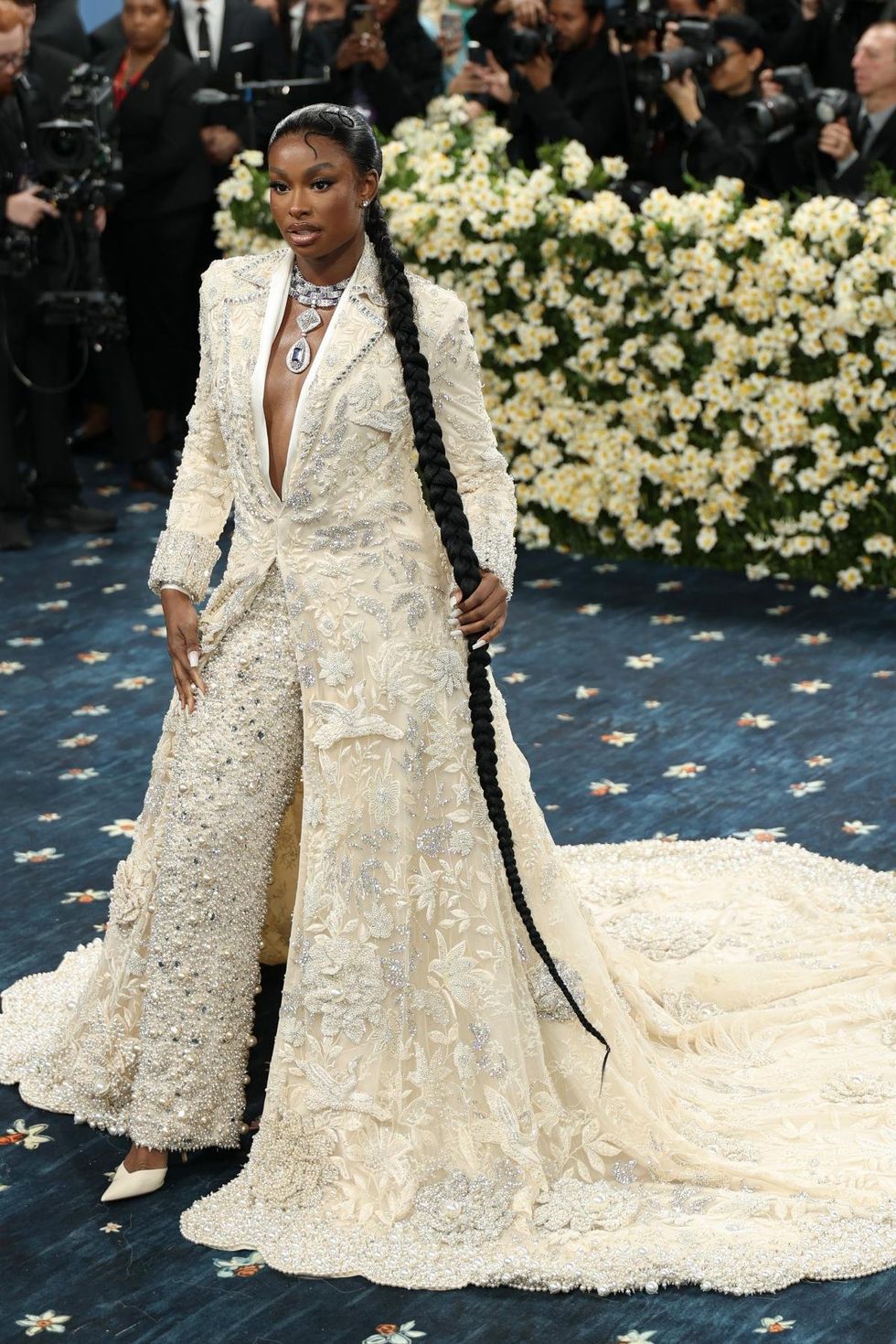



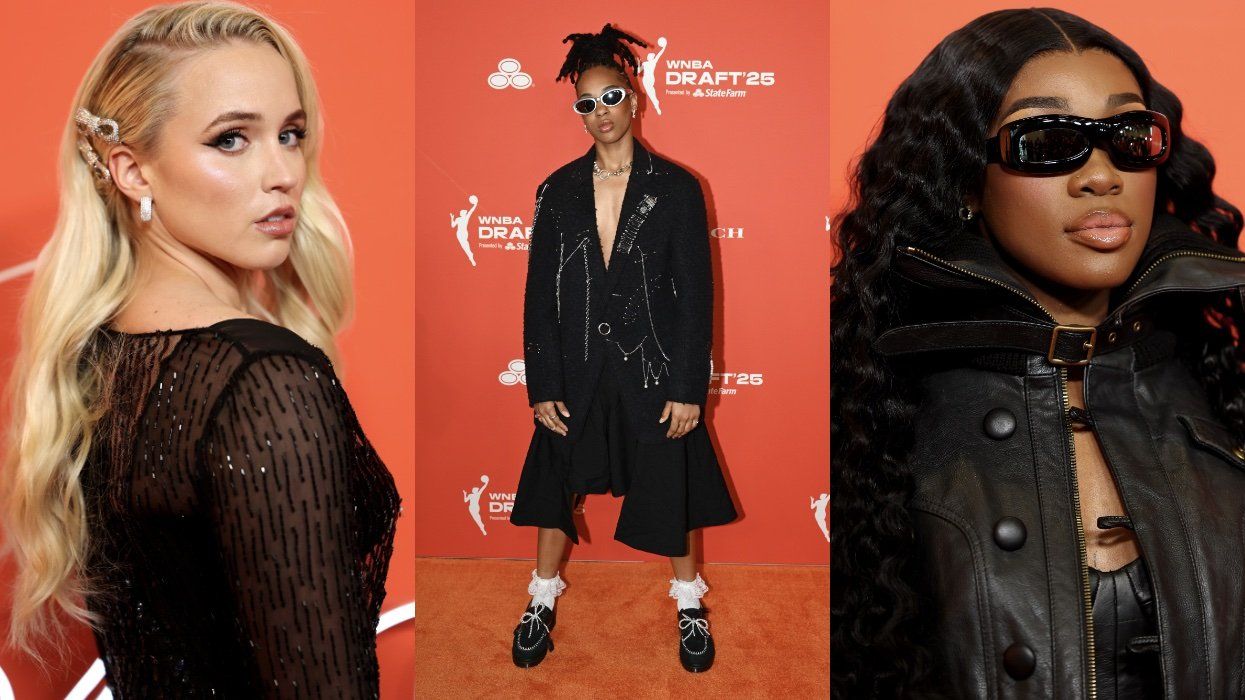
 Cindy Ord/Getty Images
Cindy Ord/Getty Images